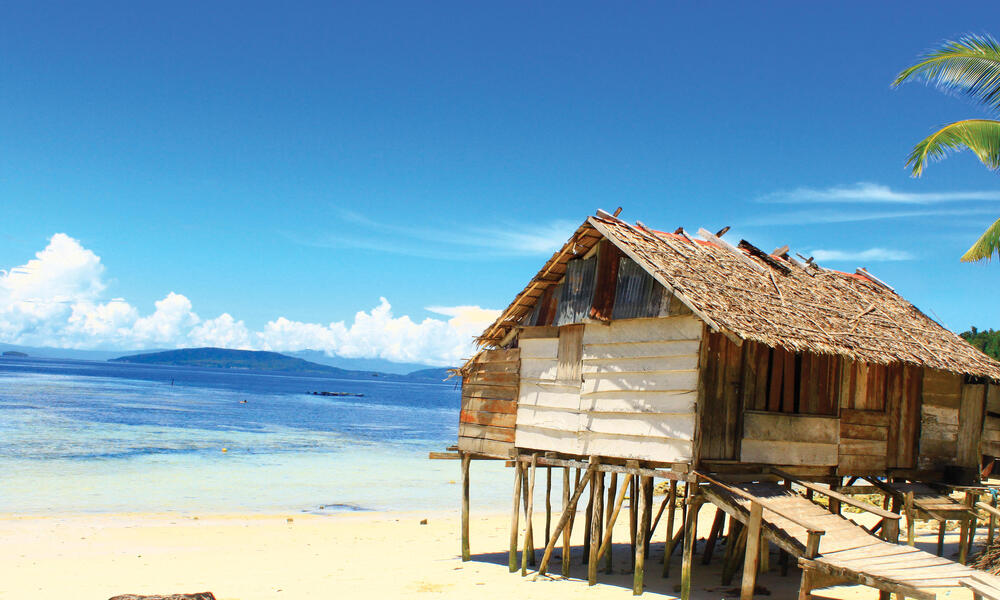Our oceans provide food, regulate Earth’s climate, and are rooted in cultural traditions and community livelihoods around the world. When we work on ocean conservation, we are inherently also working with people dependent on the ocean, particularly those who live along coastlines.
At WWF, I specialize in area-based management of coastal ecosystems and community-based conservation across east Africa, Asia, and Oceania. All regions that are rich in marine biodiversity and heritage.
Starting in 2012, I began working with local scientists in Indonesia to study the effectiveness of community-centric marine protected area’s (MPAs) in the Bird’s Head and Sunda Banda Seascape. MPAs are specific sections of ocean and coastline where fishing or resource gathering is banned. Having sanctuaries for wildlife to live without direct human extraction can allow wildlife populations to remain stable. MPA’s don’t have physical barriers, so wildlife are not restricted to stay within an MPA and communities can fish or extract any resources that move outside the coordinates of the protected area.
To study the sustainability success of MPAs, we support monitoring programs to assess ecosystem health and changes in local communities, providing dashboards that give scientists and managers a way to track progress towards conservation outcomes. This also helps us better understand what leads to conservation success in MPAs. In the Bird’s Head seascape, we found that when communities were more engaged and involved in their local protected area, there were also more fish and community food-security significantly improved. Both of these positive outcomes helped meet our goals of helping communities and ecosystems.

